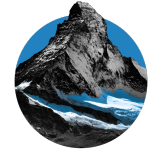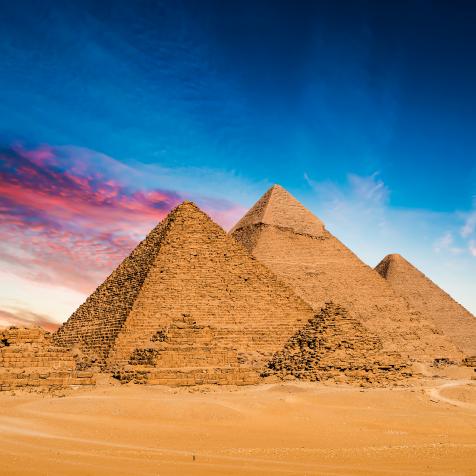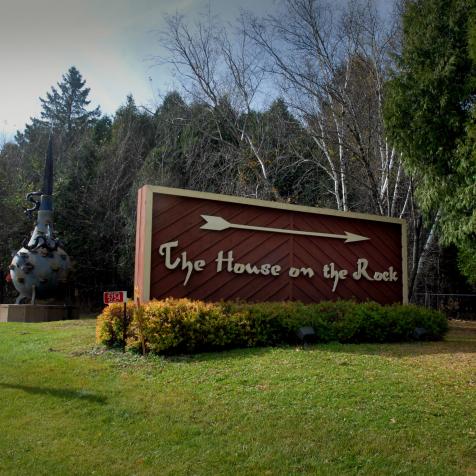
Larry D. Moore
Jacob's Well Is a Dangerous Natural Wonder
This natural spring has claimed the lives of many divers.
When you're in Texas and it's the thick of summer, you need some cold water—stat. In Hays County, Texas (about an hour southwest of Austin) sits a popular natural swimming spot: Jacob's Well. Yes, it's refreshing and beautiful, but it's also a never-ending black hole that has lured several divers to their deaths.

Larry D. Moore
Everything Is Bigger in Texas
If you're looking for relief from the stifling Texas heat, you'll likely be drawn to the near-constant 68°F, crystal clear water of Jacob's Well. According to the Mother Nature Network, this natural karstic spring is "fed by the Trinity Aquifer, which pushes up its water through the well and spills it into nearby Cypress Creek." It also happens to be the entrance of Texas's second longest fully-submerged cave, with plunging depths of 100 feet or more.
Underwater exploration efforts by trained cave divers started in 2000, known as the Jacob's Well Exploration Project (JWEP). The efforts began as part of a research project with the Wimberley Valley Watershed Association, and by 2007, a full team was recruited to produce a highly-detailed map of the underwater. To date, they've documented approximately 6,000 feet of passages. So that's intense.
Don't Get Too Ambitious, Friends
For those of you who just want to relax and enjoy this natural wonder, feel free to safely dip your toes around the well's entrance. But if you're a daredevil—you know who you are—you may want to look somewhere else. There have been eight diving fatalities between the years of 1964 and 1984, and therefore only researchers with special permits are allowed to explore the unforgiving depths of Jacob's Well today.
This article first appeared on Curiosity.com.


















